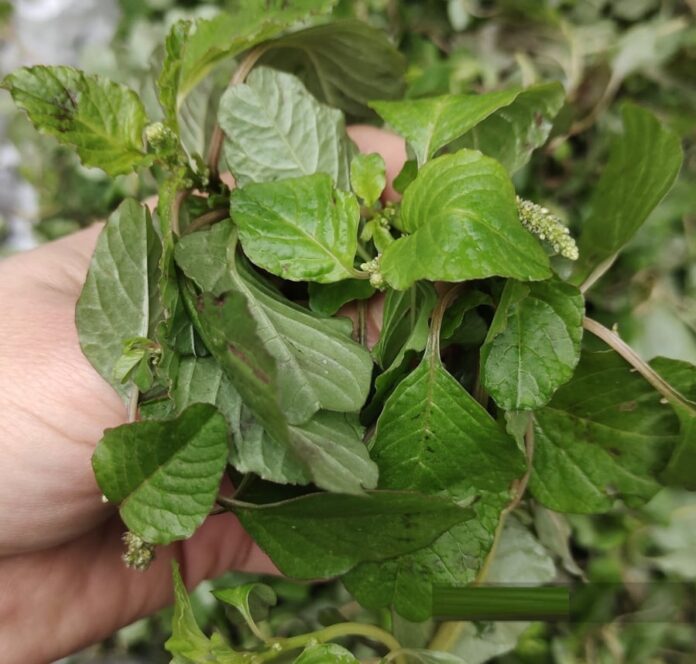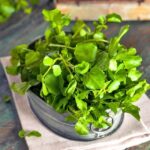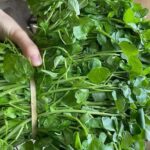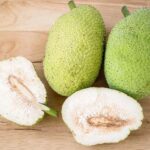## Amaranth: The Unassuming Superfood Hiding in Plain Sight
Amaranth: A Wild Green Packed with Nutrients
In rural areas, amaranth grows naturally in gardens, along rice fields, and by pond edges. During the rainy season, amaranth thrives and grows rapidly, sometimes to the point where it needs to be uprooted to control its spread. However, what may seem like an ordinary vegetable is, in fact, a “nutritional treasure” on our dinner tables.
Amaranth Contains Twice as Much Iron as Beef
According to research conducted by the Institute of Nutrition, 100g of fresh amaranth can contain up to 7-8mg of iron, whereas the same quantity of beef provides only about 3-4mg.
With its high iron content, amaranth effectively enriches our bodies with essential micronutrients, especially for those suffering from anemia, postpartum women, or individuals following a vegetarian diet.
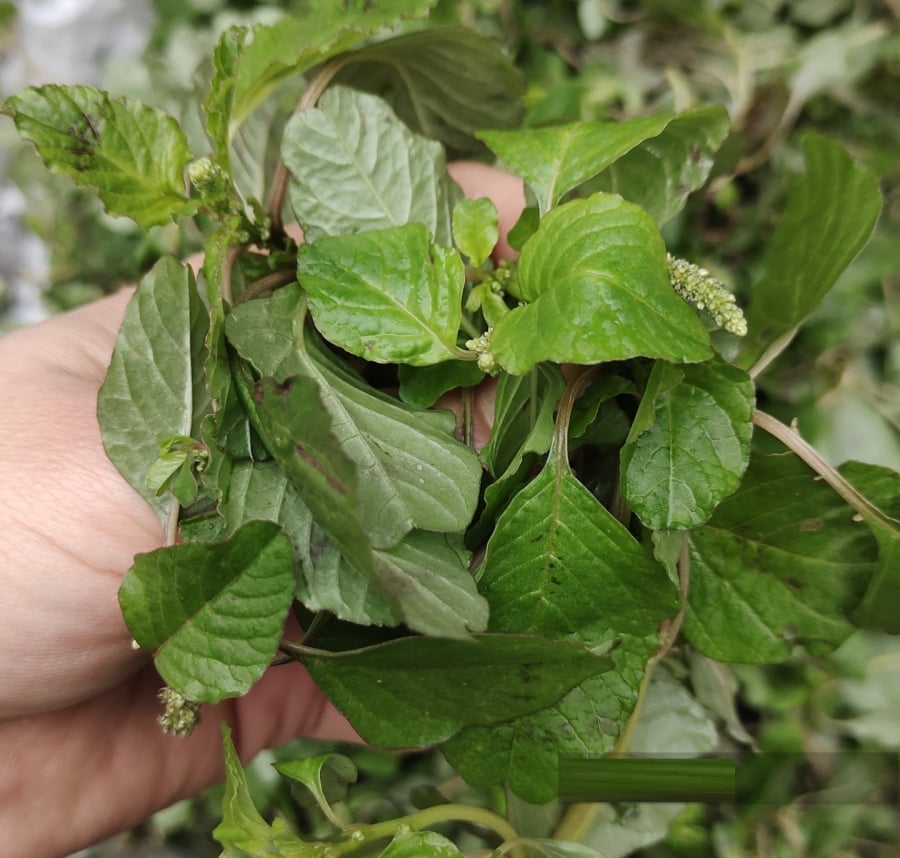
A Wealth of Nutrients Beyond Just Iron
In addition to its abundant iron content, amaranth is also a rich source of calcium, potassium, vitamins A and C, and dietary fiber.
These nutrients contribute to a range of health benefits, including stronger bones, improved digestion, healthier skin, liver detoxification, enhanced immunity, and a boosted immune system.
Delicious and Nutritious Ways to Prepare Amaranth
Amaranth is incredibly versatile and easy to cook. Simple preparation methods such as boiling, making soup with shrimp or crab, or stir-frying with garlic can result in delicious and nutritious meals.
The water used to boil amaranth also has cooling and detoxifying properties, making it an excellent choice during hot summer days.
Some Things to Keep in Mind When Eating Amaranth:
-
Avoid combining amaranth with calcium-rich seafood like shrimp or crab to prevent the formation of oxalates, which reduce mineral absorption.
-
Do not leave cooked amaranth exposed to the air for extended periods, as it may turn dark and lose some of its nutritional value.
Amaranth: An Affordable Superfood for Everyday Meals
With its low cost, ease of cultivation, and exceptional nutritional profile, amaranth is undoubtedly a “superfood” that deserves a place on our daily menus, contributing to the improved health of individuals and families alike.


























